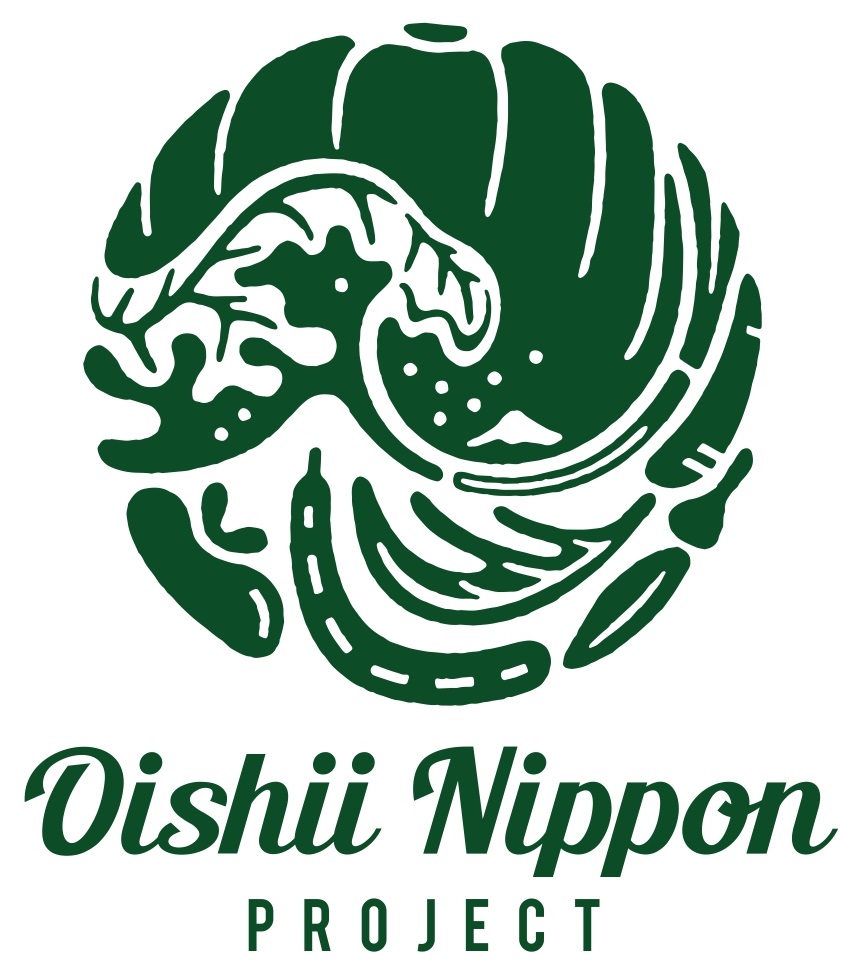1729 - TURNIP WHITE - SWEET KABU’ -
Sweet Kabù is a newly developed Japanese white turnip highly recommended to be eaten raw. It is sweet and crunchy, ideal for salads and pickles, rich in taste and low in calories. Sweet has been added to the name kabù (turnip) to name this particular type of sweet turnip.
This turnip can be easily cut into any shape or grated and you can simply season it with lemon oil, salt and pepper, or pair it with fruits such as apples, pears and citrus. You will discover a pleasantly unexpected taste. Once grilled, when the surface does not turn brown and crunchy, its texture is juicy and creamy.
Stew or soup are great options to enhance the natural sweetness of Sweet Kabu, which is often used for Miso Soup and Tsukemono (pickled vegetables) in traditional Japanese cuisine.
Curiosity: the leaves, once washed, cleaned and cut into small pieces, can be used instead of parsley to dress salads or cold dishes.
SOWING / TRANSPLANTING
Direct sowing is the one that best suits this product, the seed must be placed a few centimeters deep and a distance on the close row (20-25cm). It is important not to overdo it with water in the post-sowing period but it is essential that a surface crust does not form in the soil.
SECRETS FOR CULTIVATION
After germination, start a constant irrigation program, two or three times a week, so that the growth of the taproot is stimulated and the development of the leaf part is promoted.
In order for the aerial part to remain healthy it could be useful to cover the plants with a white cloth, it is necessary to avoid any parasitic attacks.
Avoid strong irrigation and fertilization in the weeks preceding the harvest
COLLECTION
The turnips will be ready to harvest when they reach about 5-7cm in diameter
Remove the plant from the ground, taking care not to damage the leaves. Remove all parts of the soil, then wash .... after removing the peel it will be ready to be tasted and nibbled as you prefer.

| Type | Hybrid |
|---|
 Italia
Italia

